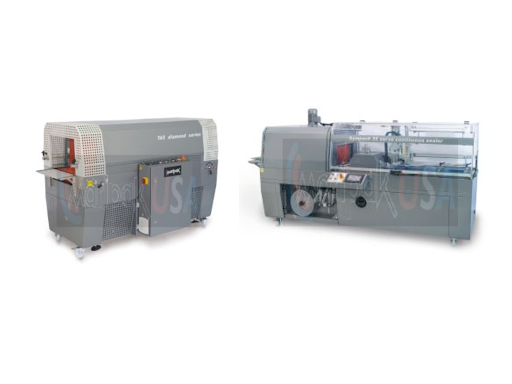Belt conveyors are integral components in various industries, facilitating the efficient movement of materials and products. Proper maintenance of these systems is essential to ensure their longevity, reliability, and optimal performance. Neglecting belt conveyor servicing can lead to unexpected downtime, costly repairs, and safety hazards. Implementing best practices in conveyor belt maintenance not only extends the lifespan of the equipment but also enhances overall productivity.
Importance of Regular Inspections
Regular inspections are the cornerstone of effective conveyor belt maintenance. They help in early detection of potential issues, preventing minor problems from escalating into major failures. Key aspects to inspect include:
- Belt Condition: Check for signs of wear, fraying, or damage.
- Alignment: Ensure the belt is properly aligned to prevent uneven wear.
- Tension: Verify that the belt maintains appropriate tension to avoid slipping or excessive wear.
- Cleanliness: Remove debris and contaminants that could affect belt performance.
Establishing a routine inspection schedule tailored to your conveyor system’s specific requirements is crucial. This proactive approach aids in identifying and addressing potential issues before they lead to costly downtime.
Lubrication and Cleaning Best Practices
Proper lubrication and cleaning are vital for the smooth operation of belt conveyors.
- Lubrication: Regularly lubricate moving parts, such as rollers and bearings, to reduce friction and prevent premature wear. Proper lubrication can significantly extend the lifespan of conveyor components.
- Cleaning: Keep the conveyor and its components clean from debris, dust, and product residues. Implementing a regular cleaning schedule prevents material buildup, which can cause misalignment and other operational issues.
Integrating these practices into your maintenance routine ensures efficient operation and reduces the risk of unexpected failures.
Monitoring and Adjusting Belt Tension
Maintaining correct belt tension is essential for optimal conveyor performance. Both excessive and insufficient tension can lead to operational problems. Excessive tension may cause increased wear on bearings and motors, while insufficient tension can result in slippage and reduced throughput. Regularly monitor and adjust the tension according to the manufacturer’s specifications to ensure efficient operation and prevent unnecessary wear.
Training and Empowering Maintenance Personnel
A well-trained maintenance team is crucial for the effective upkeep of conveyor systems. Providing comprehensive training equips personnel with the knowledge to identify potential issues, perform routine maintenance tasks, and respond effectively to emergencies. Empowering your team with the right skills enhances the reliability of your conveyor systems and contributes to a safer working environment.
Implementing Predictive Maintenance Strategies
Advancements in technology have introduced predictive maintenance strategies that utilize sensors and data analytics to monitor conveyor health in real-time. These systems can predict potential failures by analyzing vibration patterns, temperature fluctuations, and other operational data. Implementing predictive maintenance allows for timely interventions, reducing unplanned downtime and extending the service life of conveyor systems.
Utilizing Quality Equipment for Enhanced Reliability
Investing in high-quality conveyor equipment contributes significantly to system reliability and longevity. For instance, Maripak’s SMART Sync Series Motorized Flat Belt Conveyors are designed for seamless integration with packaging systems, offering robust performance and ease of maintenance. These conveyors are engineered to handle demanding applications, ensuring consistent product flow and minimizing the need for frequent repairs.
Conclusion
Effective belt conveyor maintenance is a multifaceted approach that combines regular inspections, proper lubrication, correct tensioning, staff training, and the use of quality equipment. By adhering to these best practices, businesses can enhance the efficiency, reliability, and lifespan of their conveyor systems, leading to improved productivity and reduced operational costs. Incorporating advanced machines for packaging, such as Maripak’s motorized flat belt conveyors, further elevates maintenance standards, ensuring optimal performance and minimal downtime. Ultimately, investing in comprehensive maintenance strategies and high-quality machines for packaging is essential for sustaining efficient and safe packaging operations.


